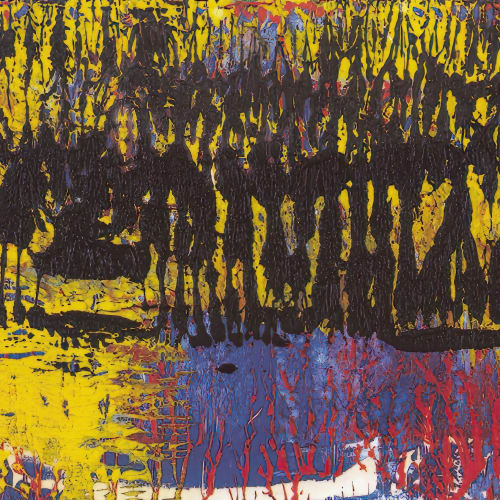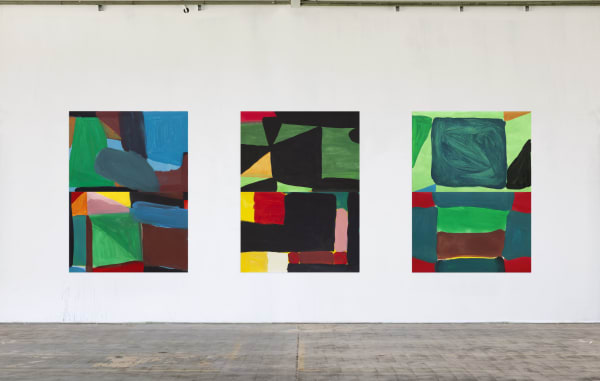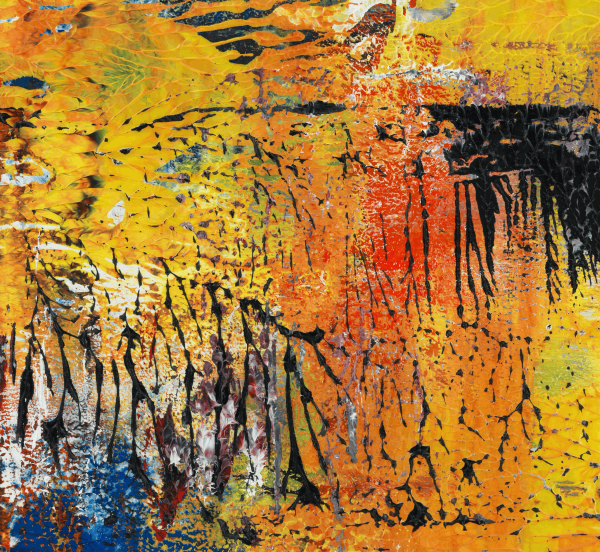"Abstract pictures are fictive models, because they make visible a reality that we can neither see nor describe, but whose existence we can postulate."
Gerhard Richter (b. 1932, Dresden, Germany) is acclaimed for his investigations into both representation and figuration. Born in Germany during the rise of the Nazi regime, he fled to West Germany in 1961 and studied at the Kunstakedemie in Düsseldorf. It was then that the artist first began to produce his celebrated blurred paintings based on photographs, in which the artist would project a found or personal photograph onto the canvas and trace it before blurring portions. Richter’s abstractions range from monochromatic, gestural paintings emphasizing the materiality of paint through the use of a squeegee to his more geometric color chart paintings. The artist’s oeuvre also includes sculpture and photographs. His influence on his contemporaries cannot be overstated, including such artists as Ellsworth Kelly, Johan Andersson, and Christopher Wool. On what he views as the purpose of art, Richter stated: “For surviving this world…[Art] has the measure of all the unfathomable, senseless things, the incessant ruthlessness of our world. And art shows us how to see things that are constructive and good, and to be an active part of that.” The artist currently lives and works in Cologne, Germany.



